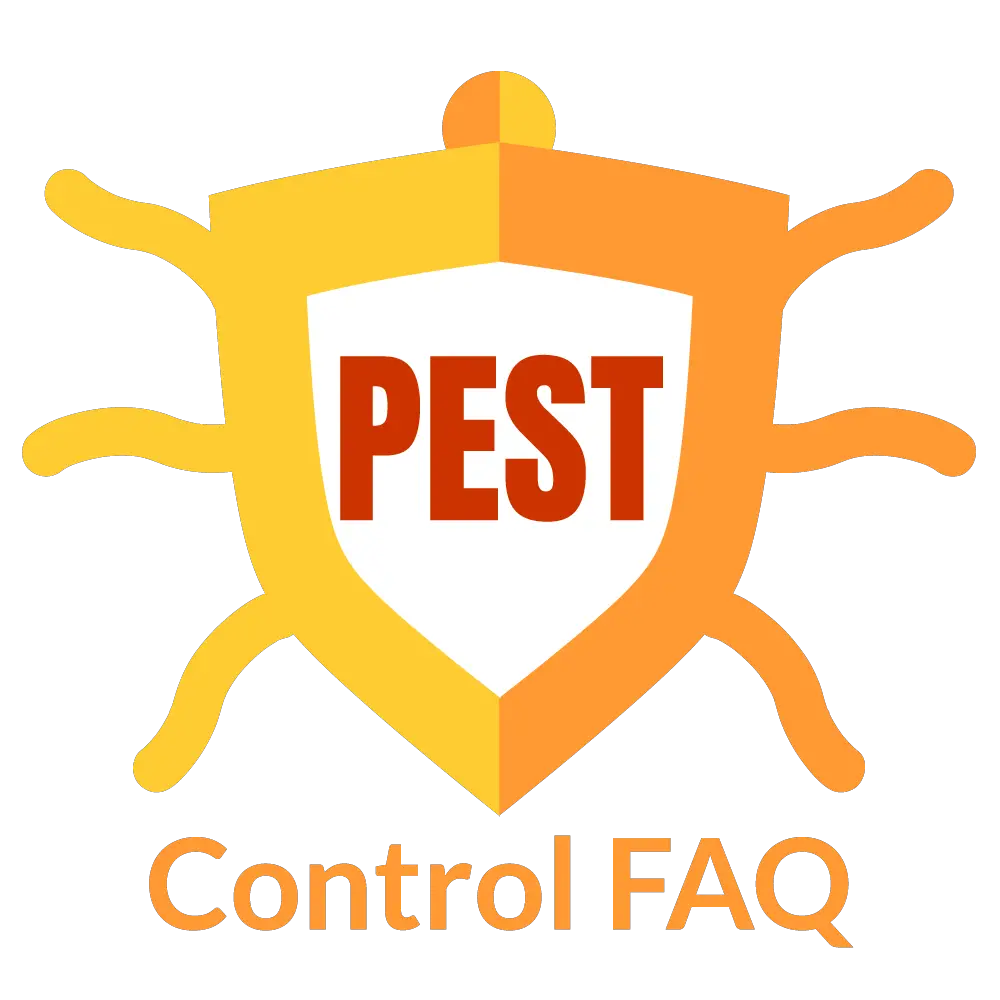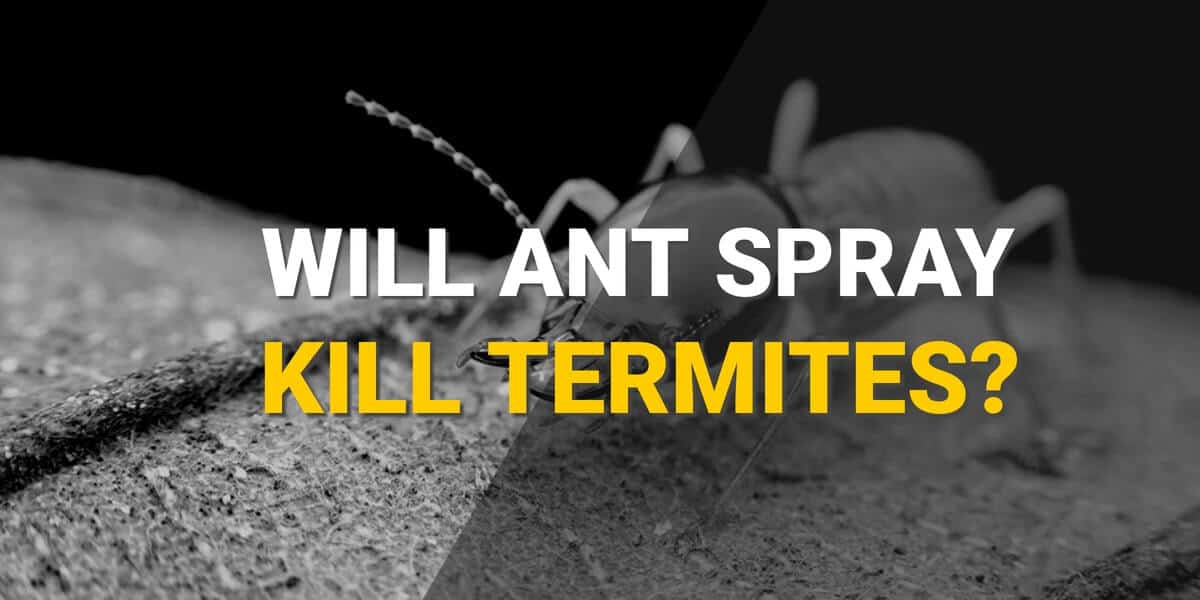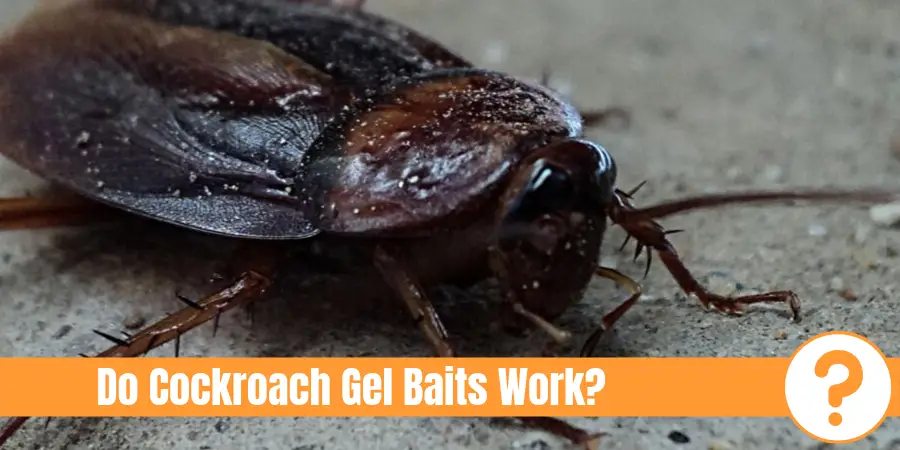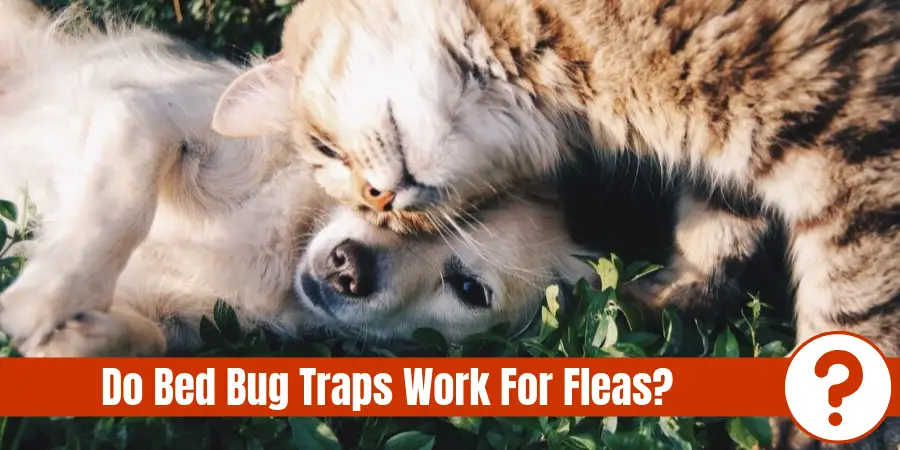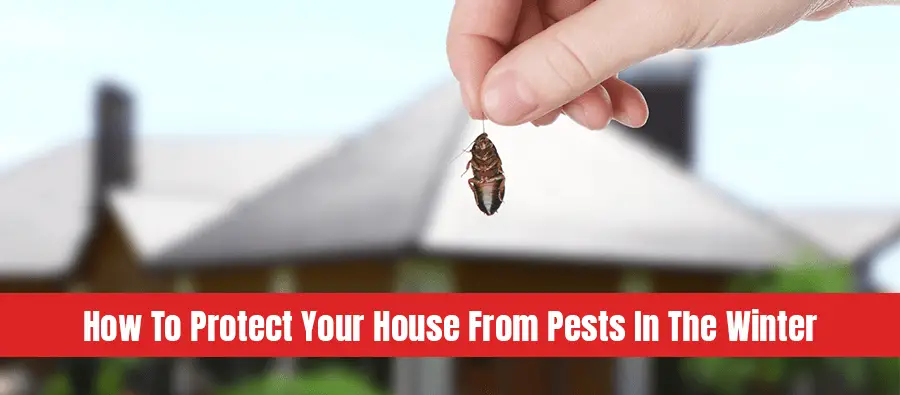Insects can be quite a burden, especially in large numbers. One of the worst insects to have in your home are termites. They can be extremely dangerous if you consider the extent of damage they can do. They are hardly noticeable and come without warning.
So, will ant spray kill termites? Termites and ants are not from the same family, but their anatomical structures are quite similar. Having said so, ant spray will be effective in killing termites. In fact, most insecticides made for ants are used for termites as well and vice versa.
In this article, you will learn about how termites work, how infestation starts and how to exterminate them.
Table of Contents
Termite Overview
Even if termites and ants do look alike, they are from different phyla. Termites are in fact more related to cockroaches in terms of classification compared to ants. They are about, 0.2 to 4 inches in size depending on the breed. They live in colonies like bees and ants. Their colony follows a caste system that consists of the following roles:
Queen
The role of the queen varies depending on the phase of the nest. Initially, after mating, she would need to locate a suitable place for the nest and start building it. Once she has settled in, she will start laying her eggs to produce worker termites.
King
The only purpose of the king termite is to keep the colony viable through mating with the queen. There is no known role beyond this.
Soldiers
The only responsibility of soldier termites is to defend the colony. These termites have specialized features that will help them do their job. They are equipped with larger heads and powerful jaws. However, they are not able to feed themselves and would depend on workers to provide them with nutrition.
Alates
They are also known as swarmers, and their main role is to create new colonies. These termites are equipped with wings and are able to leave the nest during maturity.
Workers
Group of termites outside the nest are bound to be workers. These termites handle the grunt work and are responsible for the collection and storage of food as well as the maintenance of their nest.
Different subtypes of Termites
Aside from different roles within their colonies, just like any other insect in the animal kingdom, they have different subtypes that live in different environments
Subterranean Termites
Reticulitermes spp, Coptotermes spp, or Heterotermes spp. These termite types are the most common and the most destructive, they are able to cause billions of dollars worth of structural damage annually. They are not limited to eating wood, but practically any cellulose-based products like paper products and other plant-based items. They live in the soil and are known to build the largest nests.
Dampwood Termites
Zootermopsis spp or Neotermes spp. In terms of size, damp wood termites are much larger than subterranean ones. In addition to their large size, they are also equipped with a large head and pincers. They thrive in water-damaged wood and rarely infests homes. In the off chance that they do find a home to infest, it may be because of water leaks in the infrastructure.
Drywood Termites
Cryptotermes spp or Incisitermes spp. These termites are most commonly found in homes and do not require soil contact. They get the moisture they need from the air that allows them to survive without soil. Damage caused by dry wood termites is quite extensive since they are often widespread within the home.
Signs of Termite Infestation
A termite infestation would be the last thing you would want to have in your home. It would be best to be proactive in preventing infestations. Here are some signs to tell if an infestation has already begun.
Wood Damage
To test for wood damage, you would need to check if the particular beam, flooring or wall is hollow by knocking on it. If it sounds hollow, feels brittle or is completely destroyed from within, you can be sure that termites have already started feeding.
Wings
When you notice a bunch of wings around your home, these may come from swarmers or alates finding their new home. When they have found the right place to start, they shed off their wings and start excavating the area. Termite wings may often be mistaken for ant wings, in order to tell them apart, termite wings are uniform in size while ant’s hind wings are smaller than the front wings.
Mud Tubes
Termites create tunnels called mud tubes to retain moisture as they migrate towards their feeding area. They are commonly found on beams and exterior walls connecting to the soil.
Cracked or Bubbling Paint
Paint is not a plant by-product and therefore cannot be consumed by termites. But once infestation starts you would notice obvious bubbling and cracking. The paint becomes brittle to the touch and would reveal a hollow space.
Termite Pellets
Where there is food, there is bound to be excrement. These pellets or droppings may be dark brown or wood in color. Finding a mound of this around wood areas like doors and flooring is a sure indication of an infestation.
How Does the Infestation Start?
It all starts with swarmers looking for a new nest. In order to breed and grow, termites invade homes and other wood-based infrastructures through colony crossing.
Termites are highly attracted to decaying wood and dark places. If the infrastructure has not been maintained well and there is obvious neglect, termites will start to infest the space. Be sure to keep your home safe by taking the necessary precautions like:
- Getting rid of old firewood
- Check roofing and decks for possible water-damage
- Avoid keeping rotten furniture with wood damage
- Install a physical barrier made of steel mesh that prevents termites from accessing your foundation.
How to Kill Termites?
There are dozens of ways to get rid of termite infestation. The most effective methods are done by professionals with the use of special chemicals that may be regulated under the local law. Here are some chemical and natural treatments that can help with your termite problem.
Natural Remedies
Choosing to treat the infestation organically can be safer for your family especially with kids and pets around that may be harmed with harsh chemicals.
Nematodes
These microscopic worms are highly effective in getting rid of termites. They can be purchased in a sponge that would require water for activation. This method is quite popular among gardeners that prefer to use organic means of eliminating pests. By simply placing the sponge on the area of infestation, the nematodes will consume the entire population infesting the area.
Vinegar
Using either diluted or undiluted vinegar on the mud tubes are quite effective in stopping the infestation in its early stages. This method also prevents future infestations.
Low Temperatures
Termites thrive on moisture. Cold air is devoid of moisture that would cause them to die naturally. For infestations within the interiors of the home, the use of liquid nitrogen would easily allow you to drop temperatures to -20oF.
Flooding
Although they thrive in moisture, they are not durable against water. They are naturally removed through flooding their nest and mud tubes.
Sunlight
Most termite infested homes are quite dark and neglected. If there is no sunlight going through your home, the likelihood of a termite infestation is quite high. By allowing light to spread through your home, you will be able to eliminate termites naturally.
Saltwater
Based on biological chemistry, where there is salt, water follows. By creating a saltwater solution we are able to dehydrate the colony. The saltwater solution that would be sprayed or flushed through their nest will drive the moisture out of their bodies and eventually kill them.
Wet Cardboard Trap
As we know, termites feed on anything that has cellulose, and this includes paper products. By wetting pieces of corrugated cardboard and placing it near the area of a suspected colony, we are creating a makeshift trap. Once the colony was transferred to the trap, you can burn the trap to get rid of the termites.
Chemical Treatments
If natural and organic remedies are not as effective or the infestation is beyond control, choosing a chemical method of extermination could be the best choice. Just be reminded that these chemicals should be administered safely. Hiring professionals to do this job are highly recommended.
Permethrin Dust
Not only effective for termites, but this is also great for eliminating a variety of insects like ants, wasps, ticks, and beetles. It gives promising results and is of natural origin.
Arsenic Dust
Can be poisonous to humans in excessive amounts, so it must be administered with care. The use of arsenic promotes a cannibalistic nature among the colony which will make termites who come in contact with this chemical eat their own kind.
Liquid Termite Barrier
With the use of this liquid treatment, you are not only getting rid of the current infestation but, with proper maintenance, are preventing future infestations as well. The treatment can be dangerous to young children and pets, be sure the solution is completely dry before allowing them to go near areas you have treated.
Poisoned Bait
Similar to the concept of the wet cardboard, this is basically a trap for foraging termites. Once they are lured using the bait, they will consume the poison and bring it back to their colony eventually killing the population. Using this method is not advisable when around children.
Boric Acid
Toxic when inhaled, the use of boric acid must be done with care, proper personal protective equipment must be worn while spraying and must be kept away from children and pets.
Ant Spray and Other Insecticide Formulas
Being that termites and ants share similar anatomy, ant spray has been quite effective in the extermination of termites. Often times, these sprays labeled for use against both insects. If the infestation is not that extensive, using these store-bought chemicals would be a great solution.
Conclusion: Will Ant Spray Kill Termites?
Choosing the best method to exterminate the termites in your home would highly depend on the severity of the infestation. Ant insecticide and other natural, chemical and mechanical processes are also effective in getting rid of termites. In fact, most insecticides made for ants are used for termites as well and vice versa.
Related questions
Does insect repellent expire? DEET-based or picaridin-based repellents don’t have an expiration date. If the repellent contains IR3535 (which is commonly added to skincare products), then there is an expiration date that is usually between 18 and 36 months after it is packaged. (full article here)
What attracts stink bugs to your house? Main reasons why stink bugs are attracted to your home are Main reasons why stink bugs are attracted to your home is (full article here):
- Presence of a garden or a farm in a compound close by
- Attraction to light
- Bad and unhealthy habits of house occupants
- The release of a chemical substance by other stink bugs
